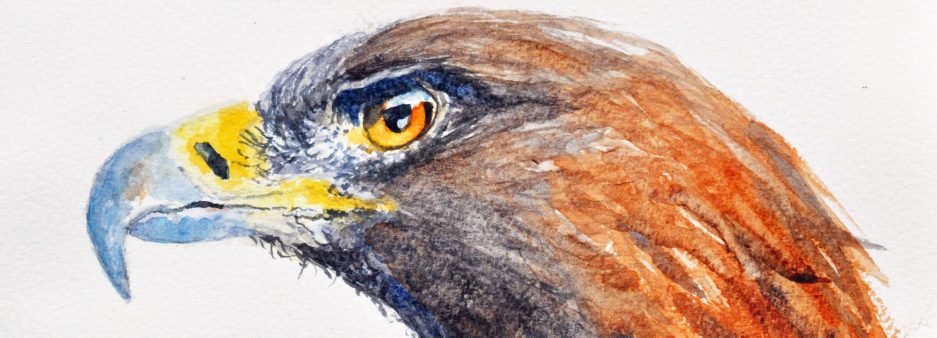 In my previous blog, I published a recent hymn I’d written which focuses on the Trinity. When thinking about what image to present with the text, I quickly decided on the icon of the so-called Old Testament Trinity painted by Andrei Rublev, probably in the 1420’s near Moscow. It is a famous image of the three angelic visitors to Abraham and Sarah (Genesis 18) which has traditionally been interpreted as an epiphany, or revealing, of God.
In my previous blog, I published a recent hymn I’d written which focuses on the Trinity. When thinking about what image to present with the text, I quickly decided on the icon of the so-called Old Testament Trinity painted by Andrei Rublev, probably in the 1420’s near Moscow. It is a famous image of the three angelic visitors to Abraham and Sarah (Genesis 18) which has traditionally been interpreted as an epiphany, or revealing, of God.
Later, I realized that I had simply opted for the default image – just research how many books on the doctrine of the Trinity published in the last thirty years or so have this image printed on their covers. The image is attractive and intriguing, but its popularity probably also reflects the way in which Eastern Orthodox perspectives have influenced recent theological explorations of the Triune nature of God. This has included a greater emphasis on the relational, or social, dynamics of Father, Son and Spirit, perhaps correcting some of the more hierarchical aspects of some Western theology. I have tried to reflect and celebrate some of this divine interaction – er, I mean Love – in the hymn text.
I have tried to think of other images which might be used instead of the Rublev icon – images which might present the Triune nature of God in a way which communicates something significant. The challenge is greater when we consider the reticence there is in portraying God the Father in art. In Eastern iconography it just is not permitted and it would be considered idolatrous. Rublev’s angels are a subtle symbol which avoids this pitfall – another reason for its popularity. Occasionally you may see a hand or an arc in heaven (like on the icon of the baptism of Christ) but that is all. In iconography, the majesty of God is normally portrayed through the icon of the Pantocrator, an image of the enthroned Christ (who is the image of the invisible God – Colossians 2.15).
In Western art, however, there have been some Trinitarian attempts which includ e portraying God the Father. One striking example is Masaccio’s fresco in Santa Maria Novella in Florence. Intriguingly, this Renaissance exercise in scientific perspective was painted almost exactly the same time as Rublev’s icon which is normally dated by historians sometime before 1427. Yet these two works are worlds apart. The subtle simplicity, and mysterious ambiguity of the Rublev image (after all, which is which?), is far away from the scientific exactness and supreme draughtsmanship of Masaccio. Remember that perspective drawing is a kind of trickery (look at the way that the image is framed in what appears to be an architectural setting but is, in fact, two-dimensional paint! We could reflect on this clever deception contrasts with the so-called ‘inverse perspective’ of eastern iconography but that is a blog for another day…
e portraying God the Father. One striking example is Masaccio’s fresco in Santa Maria Novella in Florence. Intriguingly, this Renaissance exercise in scientific perspective was painted almost exactly the same time as Rublev’s icon which is normally dated by historians sometime before 1427. Yet these two works are worlds apart. The subtle simplicity, and mysterious ambiguity of the Rublev image (after all, which is which?), is far away from the scientific exactness and supreme draughtsmanship of Masaccio. Remember that perspective drawing is a kind of trickery (look at the way that the image is framed in what appears to be an architectural setting but is, in fact, two-dimensional paint! We could reflect on this clever deception contrasts with the so-called ‘inverse perspective’ of eastern iconography but that is a blog for another day…
Somehow, the bravura artistry gets in the way of the painting itself and even when we try hard to look through that skill, the image disappoints, at least this viewer. The Father stares stoically into the distance and, while he seems to be supporting the cross, there is little relating going on. The Spirit in the form of a dove darts between the two and we are presented with a moment in time rather than a relating in  eternity, which seems to be more about atonement than eternal love.
eternity, which seems to be more about atonement than eternal love.
A similar tableau is presented in the stained glass of Prague Cathedral. I’ve not been able to identify the artist but think the window is probably early twentieth century – and would be delighted to have more information if anyone can help here. I took the photo some years ago by resting my compact camera on a friend’s shoulder. The original has striking colours and the image is quite heroic – yet there is the pathos of the Father embracing the body of Jesus (rather like a western pieta where Mary is portrayed embracing the body of her son). Here, however, the Spirit appears more as a witness than a participant so, again, there is less emphasis on the relating of the members of the Trinity and theologians will no doubt comment on this artistic clue about Western perspective which need some Eastern correction. Enter the Cappadocian Fathers and Andrei Rublev again!
Before the time when time began, before the cosmos came to be, God lived in love and love was all and love o’erflowed the One in Three.

